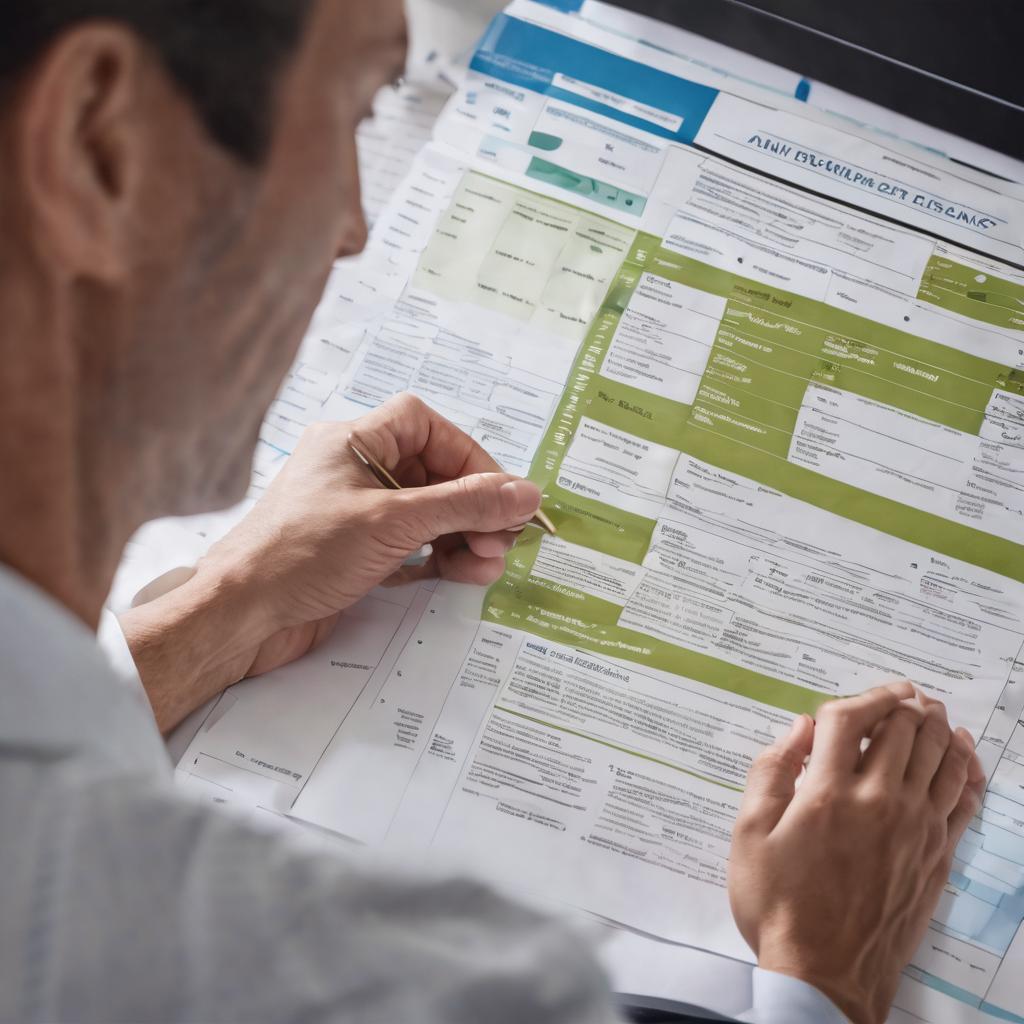5 Tips for Lowering Your Auto Insurance Rates

Contents
- 1 Introduction
- 2 Shop around.
- 3 Reduce your coverage limits.
- 4 Increase your deductible.
- 5 Check your credit report.
- 6 Avoid accidents and tickets.
- 7 There are several ways to cut your auto insurance rates, but a few of the best include shopping around, increasing your deductible and checking your credit history.
- 8 Conclusion
Introduction
If you’re like most drivers, your auto insurance rates are probably going up. That’s because the driving population is growing and the number of accidents is rising. But that doesn’t mean there’s no hope for lower rates: You can still save some money by shopping around, increasing your deductible and checking your credit report. Although these tips may sound simple, they’re actually quite effective — especially if you’ve been driving for a long time with an old insurer or haven’t shopped around in years.
Shop around.
The first thing to do is shop around. You can get free quotes from several different companies by visiting sites like Insurance.com or Insure.com. The more companies you compare, the more likely it is that you’ll find a better deal. When shopping for auto insurance, make sure to ask friends, family members and co-workers for recommendations as well; they may know someone who offers competitive rates on their policies without sacrificing coverage quality or service levels (and vice versa).
Finally–and this is important–make sure that whatever company offers you the best rate has similar coverage as another company with whom you were considering going with initially!
Reduce your coverage limits.
The more insurance you carry, the higher your premiums will be. If you’ve already reduced all of the other costs associated with owning and operating a vehicle (see #’s 1 through 4), then reducing your coverage limits may be necessary to bring down those high auto insurance rates once again. To maximize savings and still have adequate protection against unexpected losses, consider decreasing each of these types of coverage:
- Liability – Your liability limit should match how much it would cost to replace or repair another driver’s vehicle in case of an accident caused by you or one of your passengers. For example, if someone rear-ended me while I was waiting at a stop light last year and caused $5,000 worth of damage to their car (which happens all too often), then my liability limit needs to be set at $5k so that they can recover that amount from my policy if I’m found “at fault” by law enforcement when they investigate our crash later on down the road.* Collision & comprehensive – The minimum amount should be enough for basic repairs such as replacing broken headlights rather than full replacement cost because it’s unlikely anything else will happen before those items need replacing anyway! But if this isn’t enough for some reason then maybe just buy yourself some extra protection by adding an umbrella policy through Progressive Insurance instead (it doesn’t cost much more).
Increase your deductible.
You can save money by increasing your deductible. This means that you’ll have to pay out of pocket for smaller claims, such as fender-benders and minor repairs. However, if you are okay with paying these expenses yourself, it can be a great way to save money on auto insurance.
The amount you choose for your deductible should be something that is affordable for you and makes sense given the value of the car(s) in question. For example: If a new car has an MSRP of $20K and its value drops by 10% after one year (i.e., $18K), then raising its deductible from $500 to $1K could save around $100/year in premiums–a worthwhile stretch goal!
You can also raise your deductibles over time because they don’t necessarily need to stay at their current levels forever; just make sure not jump too far ahead or else risk paying more than necessary down the road due simply because things changed unexpectedly (like having another kid).
Check your credit report.
Check your credit report. Most people don’t know that it’s possible to check their own credit reports, but the reality is that you can do so easily and for free if you know where to look. Credit bureaus like Equifax and Experian will let you see what they know about your financial history by going through AnnualCreditReport.com, which provides access to all three major agencies’ reports at once (the other two are TransUnion and Innovis).
To make sure everything on your report is accurate and up-to-date, look out for:
- Errors: If there are mistakes on your report (for example, if someone else used your name when applying for credit), this could cause problems when it comes time for lenders to assess whether or not they should give someone a loan or auto insurance policy based off their score; these errors could lower their confidence in offering financing options since they don’t have all the facts about an applicant’s history available at hand!
- Fraud: Fraudulent activity is another thing worth checking regularly; fraudsters might try getting away with claiming false identities or stealing personal information from others so as not only steal money but also create havoc within one’s financial life overall–and sometimes even cause serious damage by ruining credit scores altogether!
Avoid accidents and tickets.
To lower your car insurance premiums, you should avoid accidents and tickets. The best way to do this is by staying safe on the roads. Avoid driving when you are tired, angry or distracted by checking out these tips:
- Don’t drive when you have been drinking alcohol or using drugs (even prescription medications).
- Always buckle up every time you get behind the wheel and keep infants in safety seats until they’re old enough for regular seat belts. Children should be secured in appropriate child-safety seats until age 8 or 4 feet 9 inches tall–whichever comes first–and minors under 18 years old must wear seat belts if riding with a driver who doesn’t have an auto policy with them listed as a passenger.*
- Use caution at intersections with traffic signals since these areas often have higher rates of accidents due to vehicles failing to stop completely before crossing into another lane.*
There are several ways to cut your auto insurance rates, but a few of the best include shopping around, increasing your deductible and checking your credit history.
Shopping around for the best rates is one of the easiest things you can do to lower them. The more quotes you get from different companies, the better idea you’ll have of how much each company charges on average for its services and what type of discounts they offer (if any).
Increasing your deductible is another way to save money on car insurance–and it’s easy! All that means is that instead of paying $500 toward repairs if something happens to one of their cars in an accident, say they hit another driver or get into an accident with their own vehicle during normal driving conditions (e.g., icy roads), then instead pay $1,000-$2k instead before any other coverage kicks in so long as nothing else would trigger an increase such as speeding tickets within six months prior; driving without proof-of-insurance or registration documents; etcetera…
Conclusion
We hope these tips have helped you find ways to lower your auto insurance rates. Remember that the best way to save money on car insurance is by shopping around and comparing quotes from different providers. The more quotes you get, the better chance there is that you’ll find one with lower premiums than what you’re currently paying!






